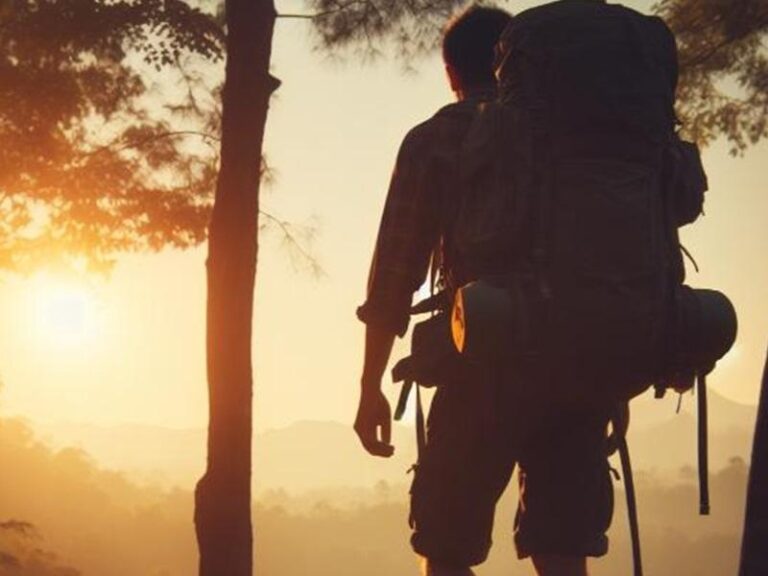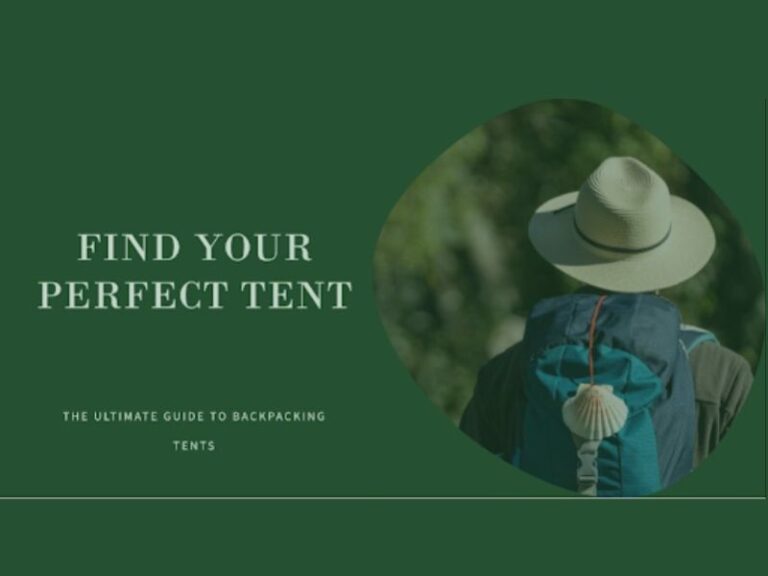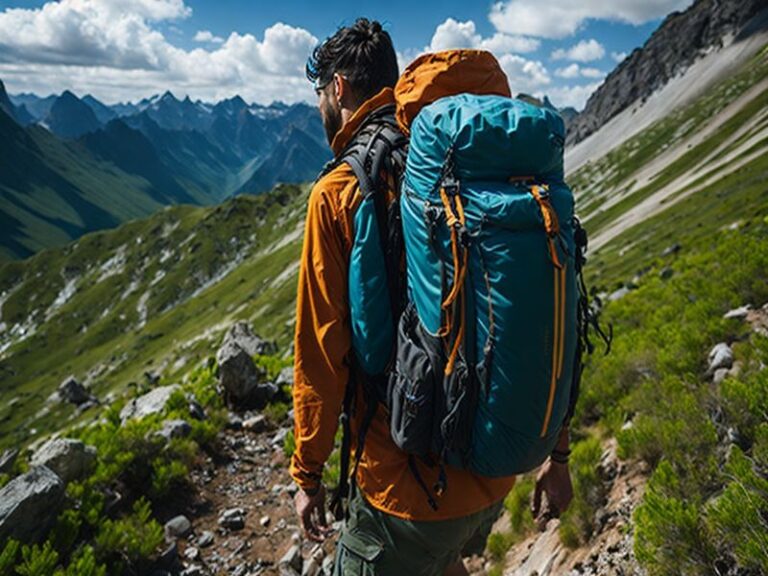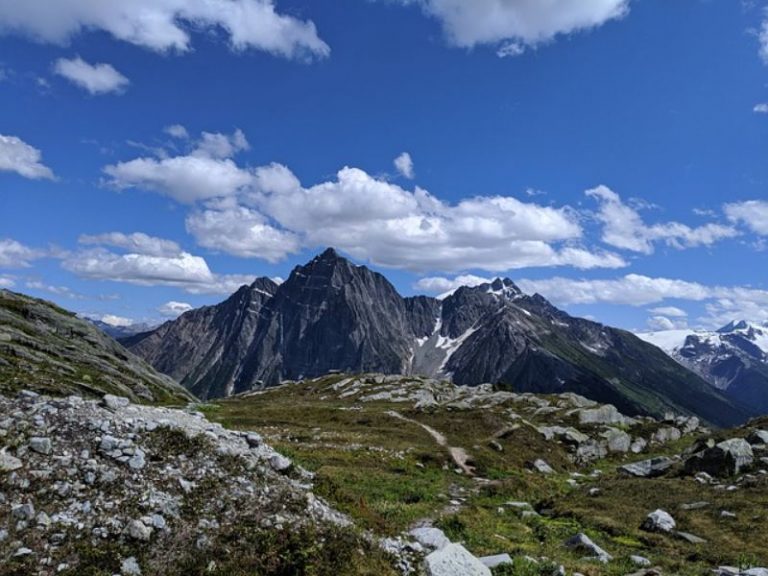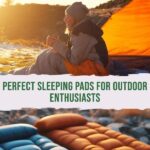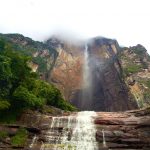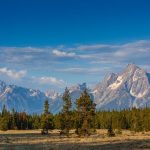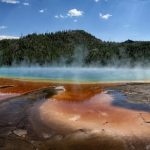Camping out under the stars is one of life’s great simple pleasures. As the day’s tension fades with the setting sun, you settle into the cozy sanctuary of your sleeping bag, comforted by its warmth. However, not all sleeping bags are created equal when it comes to providing both comfort and portability on the trail.
For budget-conscious adventurers seeking comfort and warmth on the trail, finding an affordable, high-quality backpacking sleeping bag can be a challenge.
This guide unveils the top sleeping bags under $100, ideal for wilderness trips without breaking the bank.
Related Article: The Ultimate Backpacking Checklist
Top 10 Backpacking Sleeping Bags Under $100
Now, let’s unveil the top contenders in the world of budget-friendly backpacking sleeping bags, each offering a unique blend of warmth, comfort, and value for money:
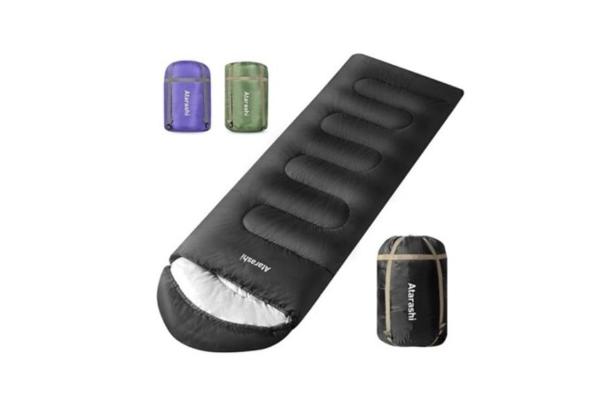

Atarashi Backpacking Sleeping Bag
The Atarashi Backpacking Sleeping Bag is spacious, packable, and made of quality materials. It has a water-resistant nylon shell and lightweight polyester insulation, making it a semi-rectangular 32°F to 77°F 3-season backpacking bag.
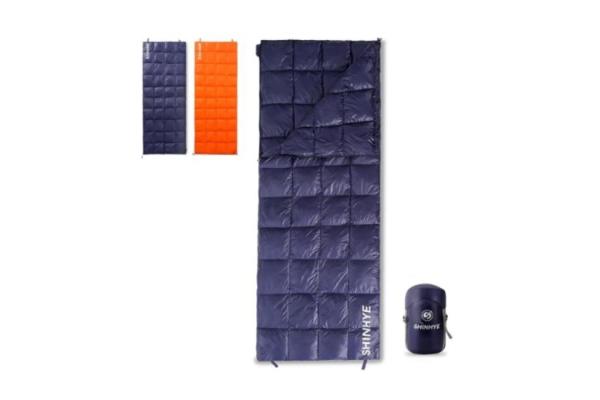

ShinHye Ultralight Backpacking Sleeping Bag
The ShinHye Ultralight Backpacking Sleeping Bagg is an envelope mummy-style bag designed for temperatures ranging from 23°F to 50°F. It is ultralight, waterproof, and compressible, making it suitable for 3-season backpacking with its 500 fill-down insulation and waterproof 20D nylon shell.
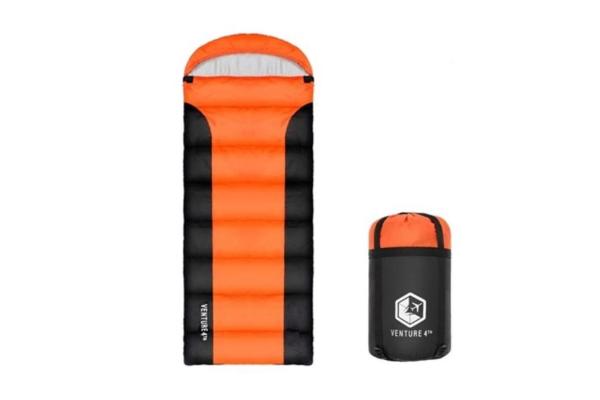

VENTURE 4TH Backpacking Sleeping Bag
The Venture 4th lightweight backpacking sleeping bag is a mummy-style bag designed for temperatures ranging from 30°F to 70°F. It is made of 210T polyester and features hollow fiber insulation, a durable zipper, and a stuff sack, making it lightweight and suitable for 3-season backpacking.
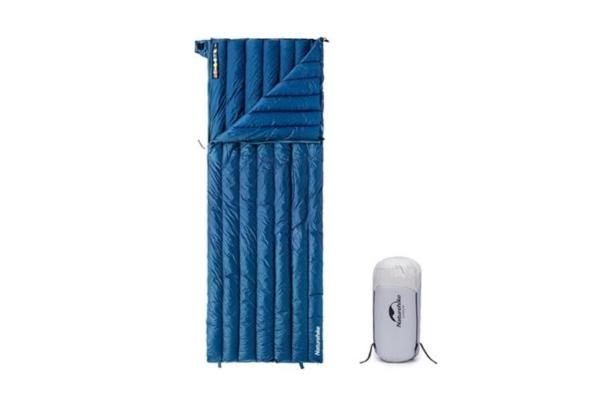

Naturehike Ultralight Sleeping Bag
The Naturehike ultralight sleeping bag is a Mummy-style bag that can keep you comfortable in temperatures ranging from 42.8°F to 51.8°F. It is made of ultralight, compressible goose down, and weighs only 1.26 lbs. With a 650-fill goose down, this sleeping bag is perfect for ultralight backpacking due to its exceptionally light weight and compressibility.
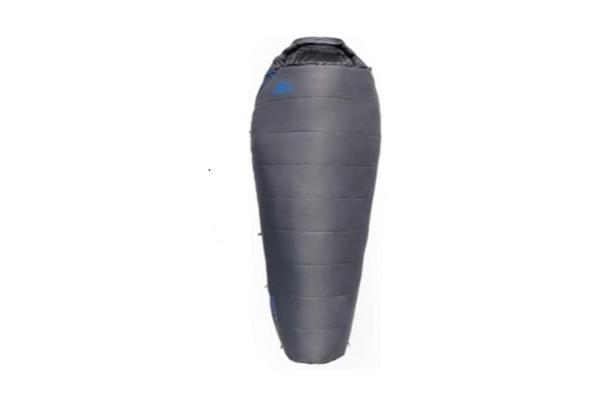

Kelty Cosmic Synthetic Fill 20-Degree Backpacking Sleeping Bag
The Kelty Cosmic Synthetic sleeping bag features CirroLoft synthetic insulation, offering a balance of packability, comfort, and affordability. It is mummy-shaped with a smooth zipper and roomy design, making it packable for backpacking.
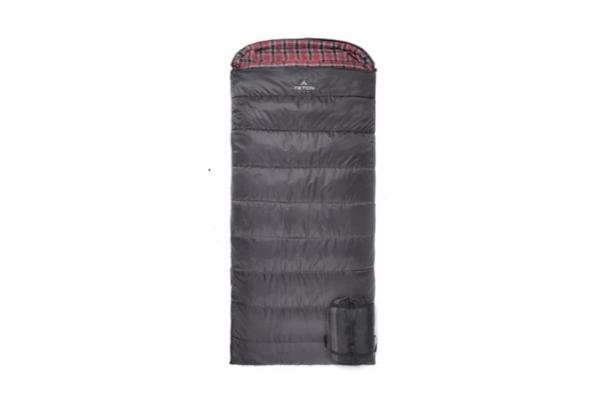

TETON Sports Celsius XL Sleeping Bag
The TETON Sports Celsius XL sleeping bag Mummy is extremely warm, comfortable, and durable. It can keep you ultra-warm even in temperatures as low as -25°F, thanks to its SuperLoft Elite insulation and flannel lining.
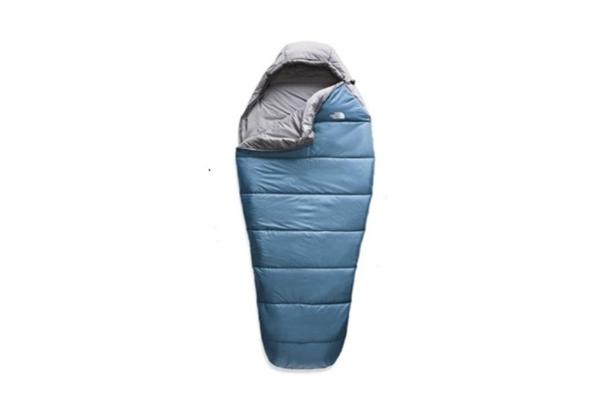

The North Face Wasatch -7 Sleeping Bag
The North Face Wasatch -7 Sleeping Bag Mummy 20°F / -7°C Lightweight, compressible, and made with recycled insulation. The Wasatch -7 degree mummy bag utilizes 50% recycled synthetic insulation to offer eco-friendly warmth for 3-season camping and backpacking.
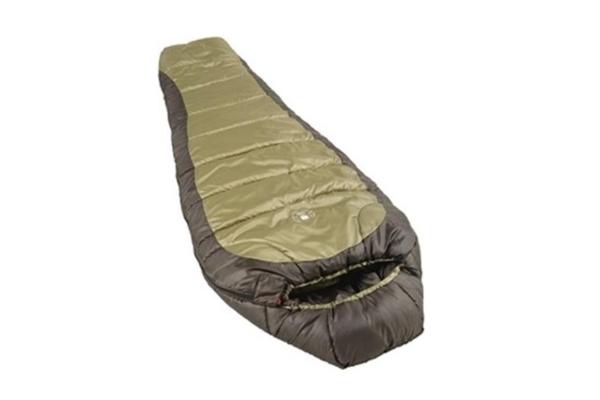

Coleman Comfort Mummy Sleeping Bag
The Coleman Big and Tall sleeping bag features an adjustable hood, quilted construction, and an insulated footbox, ensuring warmth in extremely cold conditions, down to 10 degrees Fahrenheit.
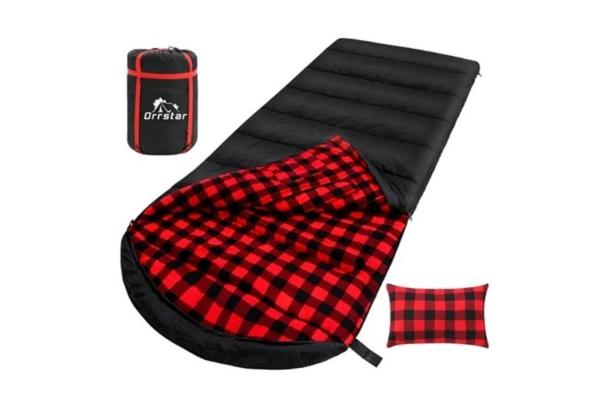

ORRSTAR 0 Degree Sleeping Bag
The ORRSTAR sleeping bag is semi-rectangular and designed to keep you warm in temperatures ranging from 0°F to 15°F. It is extremely warm, roomy, and durable, utilizing hollow fiber insulation and a polyester shell to ensure comfort even in sub-zero temperatures.
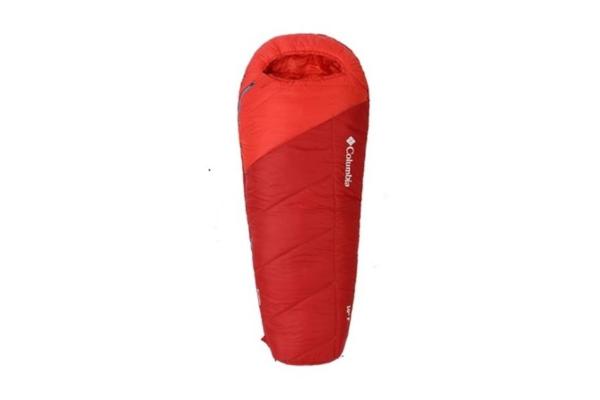

Columbia Mount Tabor Mummy Sleeping Bag
The Columbia Mount Tabor Mummy Sleeping Bag is designed in a mummy shape and can withstand temperatures as low as 10 degrees. It is made with ripstop fabric and hollow fiber fill to keep you warm in freezing weather and comes with backpack carry bags for easy transport.
How to Choose the Best Sleeping Bag Shape
One key decision in picking a sleeping bag is selecting the right shape for your needs and preferences.
Related Article: Sleeping Bags Shape
Mummy
The tapered mummy shape hugs your body tightly, minimizing heat loss for maximum warmth. These narrow sleeping bags are highly efficient but can feel claustrophobic.
Rectangular
Maximum comfort and room come from rectangular sleeping bags. However, their loose shape is less thermally efficient than a mummy bag.
Semi-Rectangular
Splitting the difference, semi-rectangular bags provide a slightly tapered shape for better heat retention than rectangular bags alongside more space to move.
Key Sleeping Bag Temperature Ratings
A sleeping bag’s temperature rating indicates the coldest air temp it’s designed to keep you comfortable in. Ratings are tested based on standard criteria. But your personal variables like age, health, and metabolism also impact warmth needs.
| Temperature Rating | Conditions |
| 35°F and above | Warmest weather camping |
| 20°F – 34°F | Spring, fall, and mild winter temps |
| 10°F – 19°F | Very cold weather down to freezing |
| 0°F to 9°F | Below-freezing into extreme cold conditions |
| -10°F or below | Dangerously frigid arctic environments |
Choose Insulation for Lightness of Affordability
Your sleeping bag’s fill material impacts factors like compressibility, durability, and price.
Down Insulation
Goose or duck down provides the best warmth-to-weight ratio. But it’s less durable when wet and pricier than synthetic options.
Synthetic Insulation
Synthetic insulation is heavier than down. But it better retains insulating properties when wet and costs much less.
Key Sleeping Bag Features
When choosing a sleeping bag, it’s crucial to consider several factors to ensure a comfortable and warm night’s sleep during your camping adventures. Among these factors, key sleeping bag features play a significant role in enhancing your overall camping experience.
1. Hood:
A well-designed hood is an essential feature for retaining warmth and preventing heat loss, especially in colder temperatures. A mummy hood, which cinches around your head, provides a snug fit that traps body heat effectively. Look for hoods with adjustable drawstrings to customize the fit and seal out drafts.
2. Draft Tube:
Draft tubes are insulated strips that run along the length of the zipper, preventing heat from escaping through the zipper opening. These tubes are particularly important for mummy-style sleeping bags, where the tapered shape can create gaps around the zipper. Choose a sleeping bag with a well-constructed draft tube to maintain warmth and comfort.
3. Drawstring Hems:
Drawstring hems are adjustable closures at the hood and bag opening. They allow you to cinch the bag tightly around your body, preventing drafts and locking in warmth. Look for drawstrings that are easy to operate and securely fastened to maintain a snug fit throughout the night.
4. Zipper Draft Flap:
A zipper draft flap is an additional layer of insulation that covers the zipper track, providing an extra barrier against cold spots and drafts. These flaps are particularly important for sleeping bags used in colder climates. Choose a sleeping bag with a well-designed draft flap to maximize heat retention and ensure a comfortable sleep.
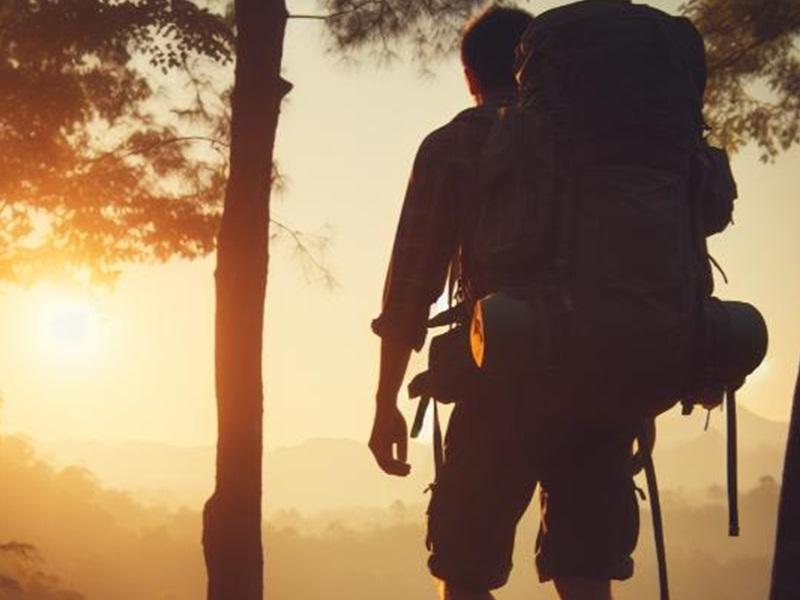

Conclusion
Finding a high-quality backpacking sleeping bag for under $100 is certainly possible with some savvy shopping. Focus on essential features like insulation type, temperature ratings, weight, and pack size while also factoring in considerations such as sleeping bag shape and special features. The sleeping bags covered here represent some of the top budget-friendly options for wilderness adventure, offering cozy comfort and dependable performance without breaking the bank. With your new value-packed sleeping bag in tow, you’ll be well-equipped to sleep soundly under the stars and awaken refreshed to take on whatever exciting challenges the trails have in store. Time to lace up those hiking boots and head for the horizon!
Frequently Asked Questions
- What Is The Ideal Sleeping Bag Temperature Rating For Backpacking?
For 3-season backpacking, a 20°F sleeping bag provides versatility to stay warm in spring, summer, and fall weather. For winter camping, choose a bag rated closer to 0°F.
- Which Insulation Type Is Better For Backpacking: Down Or Synthetic?
Ultralight backpackers strongly favor down insulation for its unmatched warmth-to-weight ratio and compression. But synthetic fill offers better-wet weather performance at a more budget-friendly price.
- What Sleeping Bag Features Help Retain Heat?
Key warmth-boosting features include a mummy hood to seal heat around your head, baffling to prevent insulation shifting, draft tubes and collars to close heat-stealing gaps, and drawstrings for cinching in loose areas.
- Is It OK to Wear Clothes Inside A Sleeping Bag?
Wearing base layers or warm socks inside your sleeping bag is perfectly fine and helps you extend its temperature rating. But avoid excessive street clothes or boots that can compromise insulation power by compacting the fill.
- How Do You Stop A Sleeping Bag From Unzipping?
Common solutions include putting your backpack or other gear at the base of the sleeping bag to block the zipper from unzipping itself or using a carabiner, Velcro strap, or twist tie to secure the zipper slide in place.
- Will A Higher Fill Power Keep Me Warmer?
Yes. Down’s fill power measures the loft and quality of insulation. So an 800-fill down will trap more air and heat than a 600-fill in the same weight. Synthetics use thicker fibers with less dead-air space instead of fill power.
- What Temperature Rating Do I Need For Winter Camping?
A 0°F or preferably lower rating lets a sleeping bag perform reliably in freezing and below temperatures. Beefing it up with a sleeping pad for insulation beneath you helps too.
- What Size Sleeping Bag Do I Need Based On Height?
Check each model’s length options when choosing a bag. In general, up to 5’6″ fits a regular, 6′ and under fits a long/large, and over 6′ tall may require an extra-long bag.
- Why Do Mummy Bags Weigh Less Than Rectangular Bags?
The tapered shape of a mummy bag reduces the surface area needing insulation compared to rectangular bags. Less fabric and fill used, drops its weight. But the snug fit isn’t for everyone.
- Is Higher Thread Count Fabric Better For Sleeping Bags?
Higher thread counts generally indicate softer, more durable shelter fabrics. But densely woven fabrics sometimes sacrifice breathability. The ideal balance depends on the sleeping bag’s intended use.

